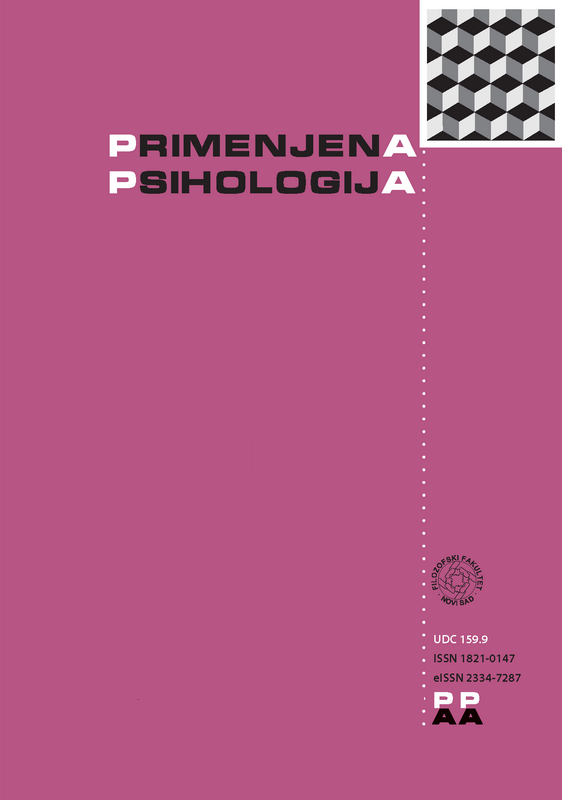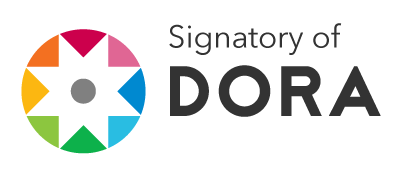Trait anxiety moderates the effect of dental surgery phases on vagal activation
DOI:
https://doi.org/10.19090/pp.2012.2.137-148Keywords:
parasympathetic activation, trait anxiety, dental surgeryAbstract
Decreases in parasympathetic (PNS) activation are a normative reaction to stressful situations. By the Porges’ Polyvagal theory (Porges, 1995) and Thayer and Lane’s (2000) model of neurovisceral integration, PNS inflexibility is related to poorer functioning of emotional and other psychological regulatory mechanisms. The aim of the present study was to investigate the differences in PNS activation between high and low trait anxiety individuals throughout two phases of dental surgery - the period of waiting for the beginning of the surgery and the phase after the injection of anesthesia which was expected to be more stressful. PNS activation defined as high frequency heart rate variability was measured in 11 female and 10 male participants during two phases of dental surgery. Participants that were higher on trait anxiety had lower parasympathetic activation during the expectation of the surgery compared to low trait anxiety participants. High anxiety participants also did not show parasympathetic reactivity (i.e. vagal withdrawal) during the next phase, which was evident only in low trait anxiety participants. Such a pattern was not observed for the other components of trait of neuroticism. The results were interpreted in the context of lower psychophysiological flexibility and poorer coordination of different emotional systems in high trait-anxiety individuals.Downloads
Published
02.07.2012
How to Cite
Švegar, D., Gračanin, A., Brakus, I., Filipović Zorec, I., & Tončić, M. (2012). Trait anxiety moderates the effect of dental surgery phases on vagal activation. Primenjena Psihologija, 5(2), 137–148. https://doi.org/10.19090/pp.2012.2.137-148
Issue
Section
Regular issues







